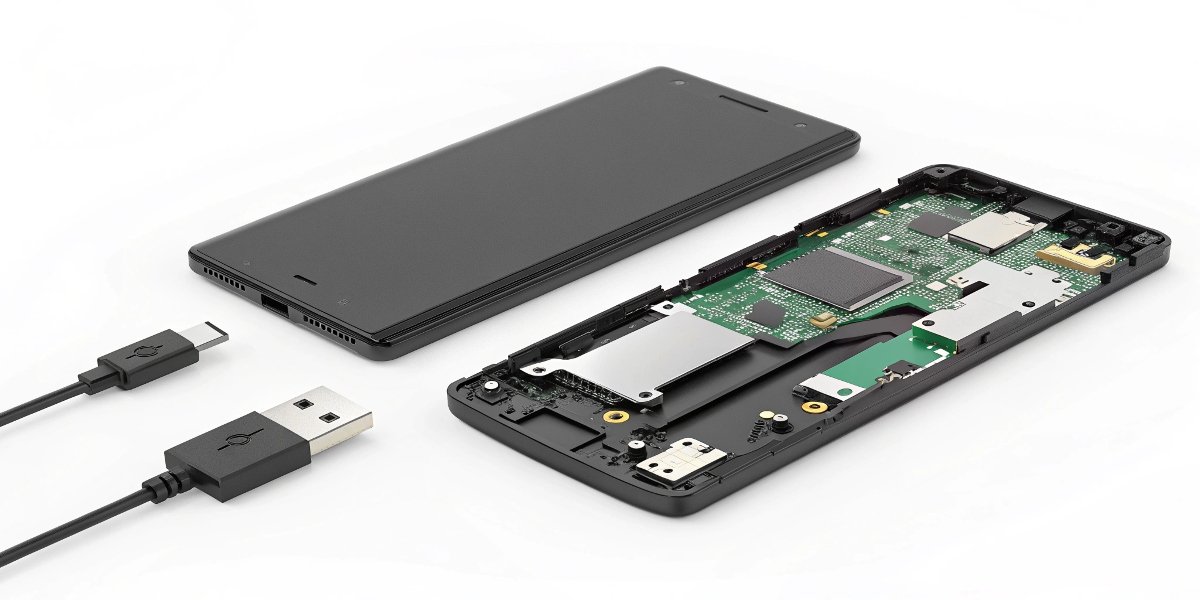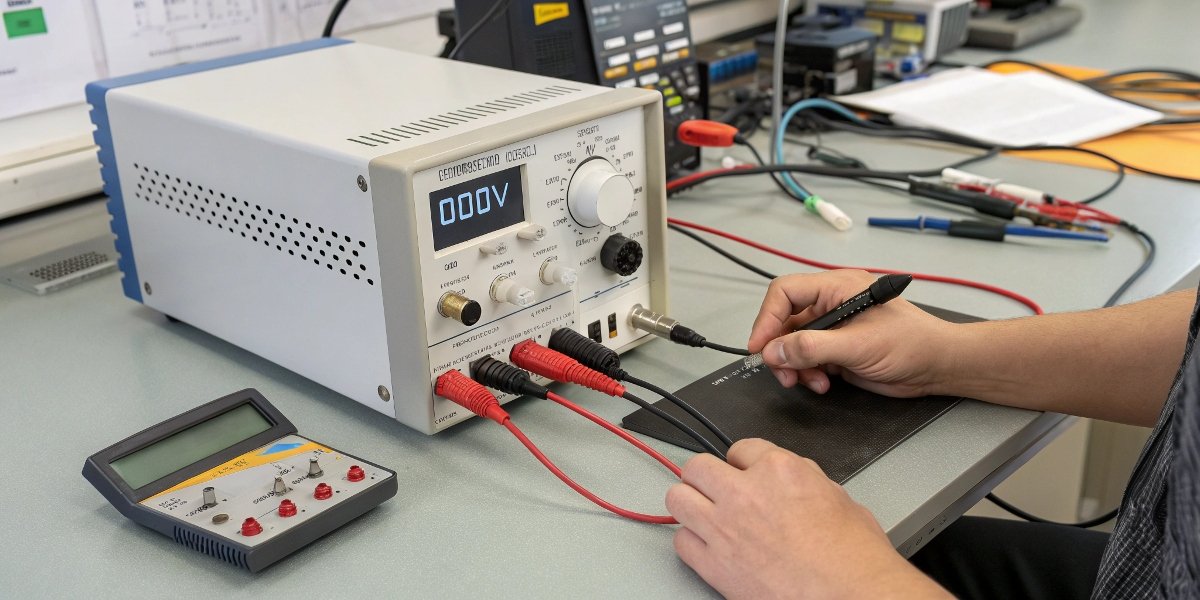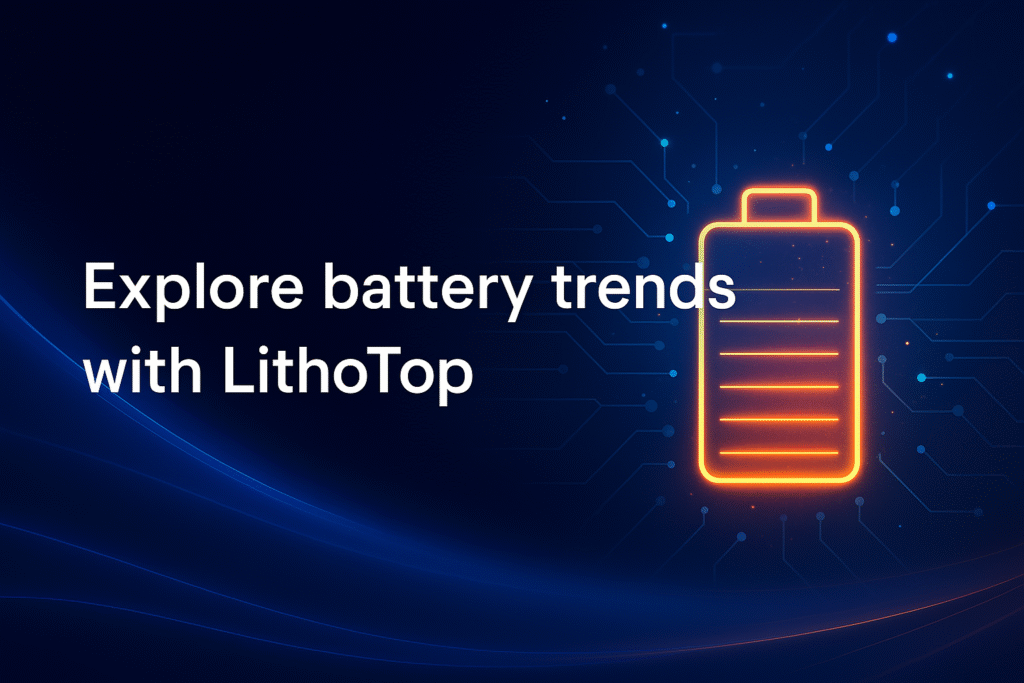You see "lithium" on a spec sheet and think all batteries are the same. But choosing the wrong type can mean your product fails in the field, costing you money and credibility.
The biggest difference is simple: lithium-ion (Li-ion) batteries1 are rechargeable, while lithium manganese dioxide (Li-MnO₂) batteries are primary, single-use batteries. They are designed for completely different applications and cannot be used interchangeably.
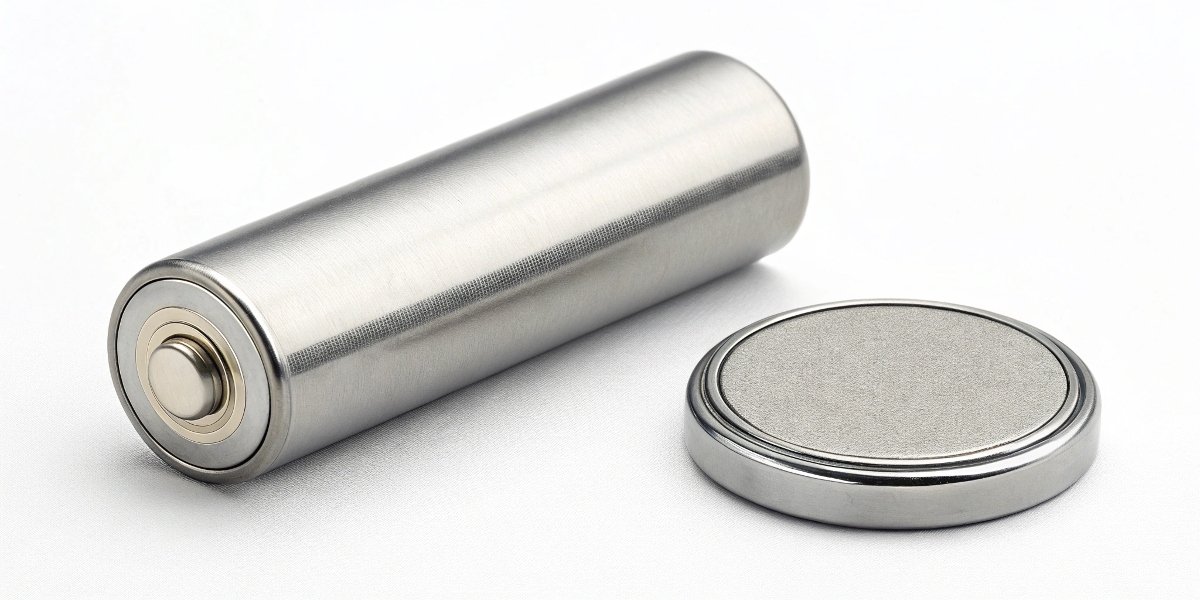
As a battery specialist, I see this confusion all the time. A client will ask for a "lithium battery" for a device that needs to last ten years in a remote location. Another will ask for a Li-MnO₂ cell for a daily-use handheld gadget. The key isn't which battery is "better," but which is right for your specific product. Understanding this single distinction will save you from major design headaches down the road. Let's break down the practical differences so you can make the right choice from the start.
Are lithium manganese batteries rechargeable?
You have a device with a Li-MnO₂ battery. You wonder if you can save costs by recharging it instead of replacing it. This seems like an easy win, but you hesitate, sensing a hidden risk.
No, lithium manganese dioxide (Li-MnO₂) batteries2 are not rechargeable. They are primary cells, meaning their chemical reaction is designed to happen only once. Attempting to recharge them is extremely dangerous and can cause leakage, fire, or an explosion.

This is the most critical safety point to understand. The internal chemistry of a primary Li-MnO₂ cell is fundamentally different from a rechargeable Li-ion cell. In a Li-ion battery, the movement of lithium ions is reversible. You can push them back and forth hundreds of times. In a Li-MnO₂ battery, the chemical reaction that produces power is irreversible.
Primary vs. Secondary Chemistry
Think of it like this: a Li-ion battery is like a whiteboard. You can write on it and erase it over and over. A Li-MnO₂ battery is like a piece of paper you write on with permanent ink. Once the page is full, you can't erase it and start over. Forcing a charge into a primary cell overloads this one-way chemical system, causing it to fail in dangerous ways.
A Quick Comparison
| Feature | Lithium-Ion (Li-ion) | Lithium Manganese Dioxide (Li-MnO₂) |
|---|---|---|
| Rechargeable? | Yes (Secondary) | No (Primary) |
| Typical Use Case | Frequently used devices (phones, tools) | Long-term standby (meters, beacons) |
| Primary Advantage | Can be reused hundreds of times | Extremely long shelf life (10+ years) |
If your product requires users to recharge it, you must use a lithium-ion or another secondary battery technology. If your product must sit for years and then work reliably, Li-MnO₂ is the superior choice.
What is the voltage of a lithium manganese battery?
Your device's circuit is sensitive. You need to supply a consistent voltage to ensure it operates correctly. Choosing a battery with the wrong voltage profile could damage components or cause performance issues.
A standard lithium manganese dioxide (Li-MnO₂) battery has a nominal voltage of 3.0 volts. This voltage is very stable and remains flat through most of the battery's discharge cycle, which is a major advantage for certain electronics.
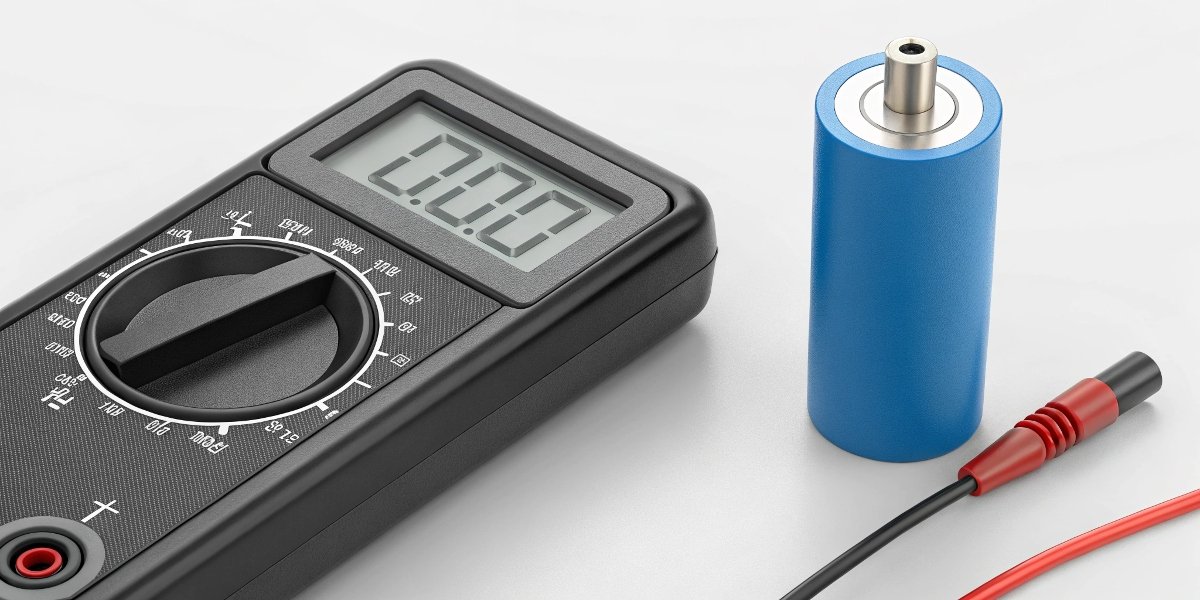
This is another key difference from rechargeable lithium-ion batteries, which typically have a higher nominal voltage of 3.6V or 3.7V. More importantly, the voltage of a Li-ion battery drops steadily as it discharges, which is how your phone estimates its remaining battery percentage.
The Advantage of a Flat Discharge Curve
For many devices I've worked on, like smart water meters or GPS trackers, a stable voltage is essential. The Li-MnO₂ battery's flat 3.0V output ensures the device's circuitry receives consistent power from the moment it's activated until the battery is nearly depleted. This prevents errors or shutdowns that can occur in sensitive electronics when voltage levels fluctuate. In contrast, a system using a Li-ion battery needs to be designed to handle a voltage that can swing from 4.2V fully charged down to 3.0V or lower when empty. For a simple, long-life device, the stable power from a Li-MnO₂ cell simplifies the design and improves reliability.
What is the life of a lithium manganese dioxide battery?
Your product is an emergency beacon or a remote sensor. It might sit on a shelf for a decade before it is ever used. You need to be certain the battery will work when it is finally needed.
The primary "life" of a Li-MnO₂ battery is its shelf life, which is exceptional, often exceeding 10 years with minimal capacity loss. Its low self-discharge rate (typically less than 1% per year) makes it ideal for long-term standby applications.
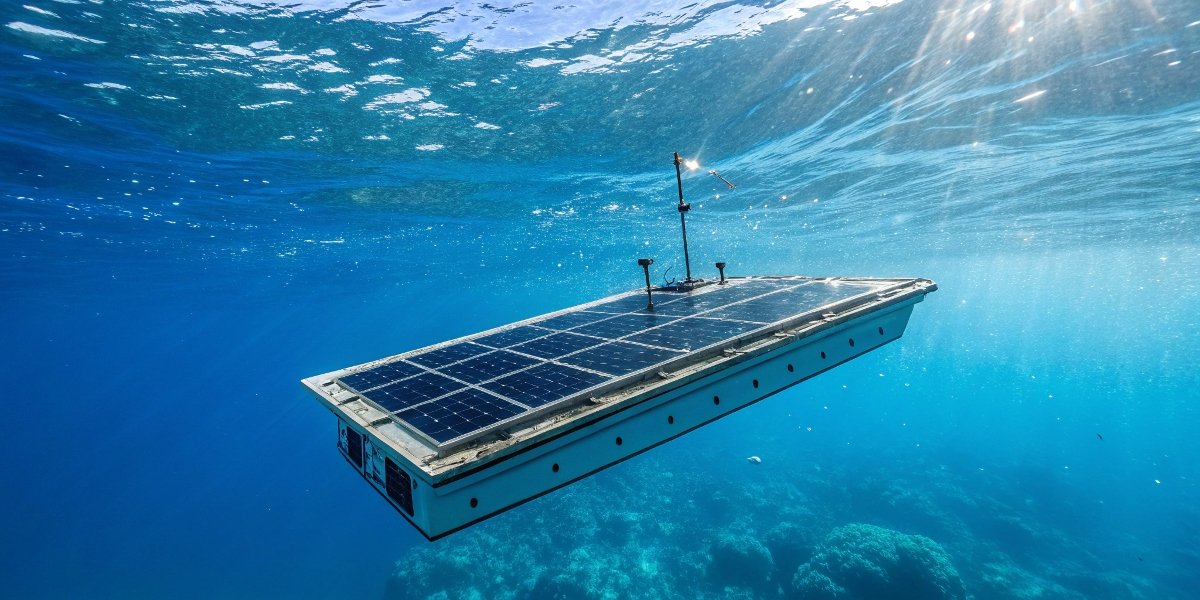
When we talk about "life" for a primary cell, we are not talking about cycle life like in rechargeable batteries. We are talking about how long it can be stored and still deliver its power. This is where Li-MnO₂ technology shines and is the reason we recommend it for certain industries.
Built for the Long Haul
I've worked closely with universities on projects using Acoustic Doppler Current Profilers (ADCPs) for ocean research. These devices are deployed to the sea floor for years at a time. Recharging is impossible, and failure is not an option. We use our Li-MnO₂ battery packs, like the CP042345, precisely because of their stability and incredibly low self-discharge. They lose very little power just sitting there. A standard Li-ion battery, on the other hand, will lose its charge over a few years and its capacity degrades with age, whether you use it or not. For any product where reliability after a long period of inactivity is the number one priority—like military equipment3, emergency locators, or smart meters—Li-MnO₂ is the only logical choice.
Do manganese batteries still require lithium?
You see the name "lithium manganese" and wonder if the manganese replaces the lithium. You want to understand the core materials for compliance, sourcing, and safety handling, and the name can be confusing.
Yes, a lithium manganese dioxide battery absolutely requires lithium. The name describes the two main active components: the anode is made of lithium metal, and the cathode is made of manganese dioxide. They are not alternatives; they work together.
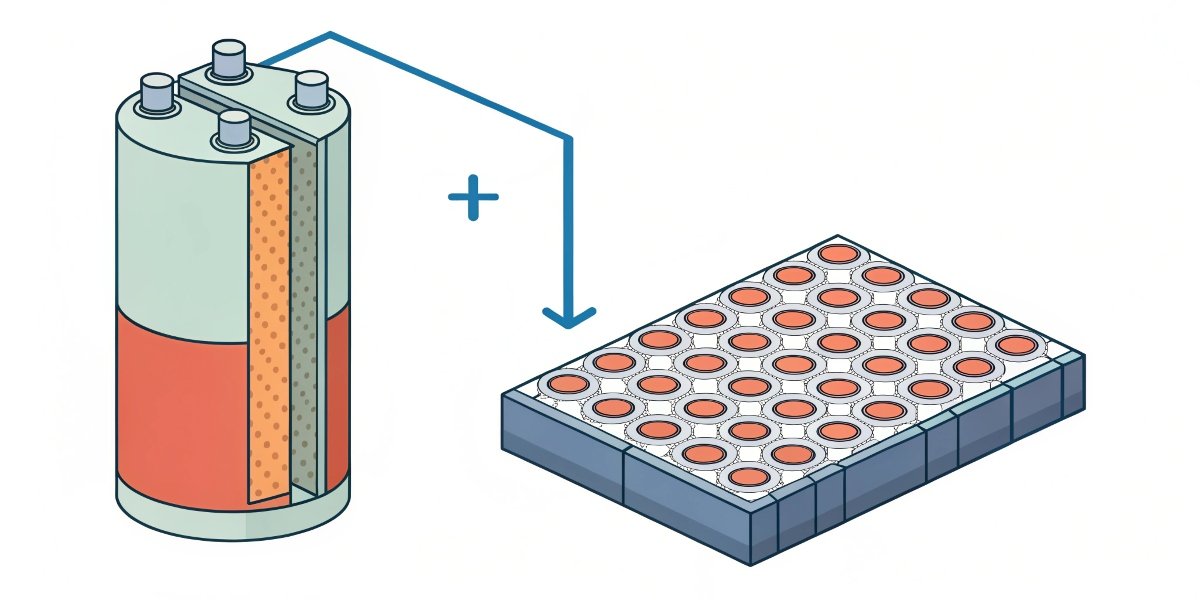
This is a great technical question that gets to the heart of how the battery works. It's easy to get confused by the name, but the roles of the two materials are very distinct. The lithium is the fuel, and the manganese dioxide helps unlock its energy.
The Role of Each Component
In any battery, you have two electrodes: a negative one (anode) and a positive one (cathode).
- Lithium Metal Anode: Lithium is an incredibly lightweight metal with a very high energy potential. It serves as the negative electrode, providing the electrons and lithium ions that create the electrical current. This is why the battery has such high energy density.
- Manganese Dioxide Cathode: The manganese dioxide is a stable compound that acts as the positive electrode. It accepts the lithium ions and electrons from the anode, completing the circuit and allowing power to flow to your device.
The combination of a high-energy lithium anode and a stable, low-cost manganese dioxide cathode is what gives these batteries their fantastic shelf life4 and reliable performance. So, you can't have one without the other.
How to dispose of lithium manganese batteries?
Your product's lifecycle includes disposal. You are responsible for guiding your customers on how to do this safely and legally. Tossing a lithium battery in the trash can create serious environmental and safety risks.
Lithium manganese batteries must not be thrown in the regular garbage. They contain lithium metal and other chemicals. They should be taken to a dedicated battery recycling center or a hazardous waste collection point for proper disposal.
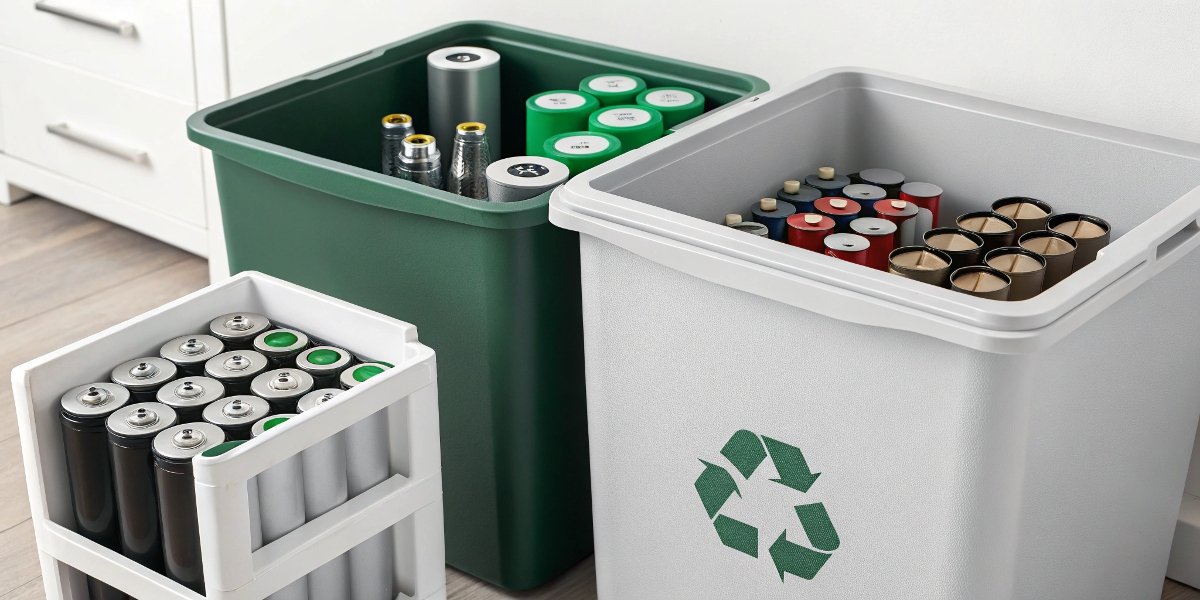
Even though they are single-use, their disposal needs to be handled with care. As a product manager or engineer, providing clear disposal instructions is a key part of your product stewardship. The regulations around battery disposal are strict and for good reason.
Why Special Handling is Needed
A "dead" Li-MnO₂ battery isn't completely inert. It may still contain residual energy. More importantly, the lithium metal inside is highly reactive with water. If the battery casing is crushed in a garbage truck and exposed to moisture, it can generate heat and even catch fire. This is why they are classified for transport under regulations like UN38.3, and why municipal waste systems are not equipped to handle them. Always advise your customers to look for local e-waste or battery recycling programs. At LithoTop, we provide all the necessary safety and handling documentation to our clients so they can manage their products from manufacturing through to end-of-life.
What is the temperature range of a lithium manganese dioxide battery?
Your device must operate in extreme conditions, from frozen arctic plains to hot desert environments. A standard battery would fail, rendering your product useless when it's needed most. You need a power source that can handle the temperature swings.
Lithium manganese dioxide batteries have an outstandingly wide operating temperature range, typically from -40°C to +85°C (-40°F to +185°F). This makes them far more robust than most consumer-grade lithium-ion batteries in harsh environments.

From my experience, temperature performance is one of the top reasons clients choose Li-MnO₂ for industrial, military, and remote monitoring5 applications. While a standard Li-ion battery's performance can degrade significantly in the cold and become unsafe in high heat, Li-MnO₂ chemistry is inherently more stable.
Why They Excel in Extreme Temperatures
The electrolyte used in Li-MnO₂ cells is designed to resist freezing and maintain its conductivity at very low temperatures. At the same time, the stable chemistry of the manganese dioxide cathode helps it withstand high temperatures without breaking down or causing dangerous reactions. This is why you'll find them in outdoor toll pass transponders, remote oil and gas sensors, and military communication gear. They provide reliable power whether the device is in a blizzard or attached to sun-baked equipment. If your product's operational environment is anything but a climate-controlled room, the temperature range of your battery should be one of your top considerations.
Conclusion
Choose Li-ion for rechargeable devices and Li-MnO₂ for long-life, single-use applications. Understanding this core difference is the first step to powering your product correctly, safely, and reliably.
-
Explore this resource to understand the technology behind lithium-ion batteries and their applications. ↩
-
Learn about the unique features and applications of Li-MnO₂ batteries in various devices. ↩
-
Explore the types of batteries used in military applications and their unique requirements. ↩
-
Explore the impressive shelf life of lithium manganese batteries and its importance for users. ↩
-
Discover the role of batteries in remote monitoring and their importance for reliability. ↩

